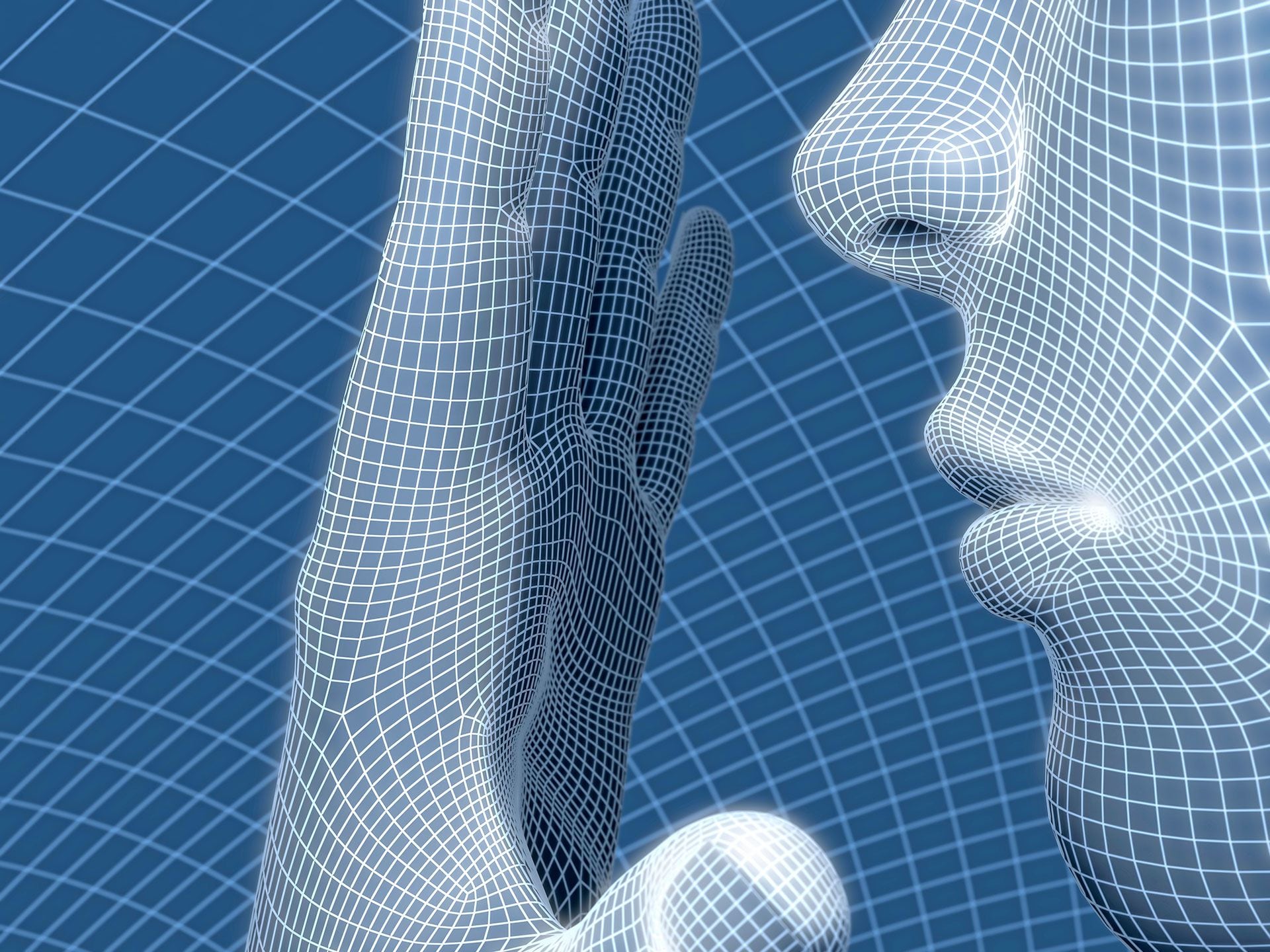
With the arrival of autumn, rhinitis says present. This condition is defined as a condition characterized by sneezing, nasal pruritus, rhinorrhea and nasal obstruction or congestion, which makes it a risk factor for possible respiratory complications.
Rhinitis is often underestimated and considered a banal disease. Even so, it causes high costs for those who suffer from it, both economic and social, as it affects their quality of life.
It is the most common allergic disease and one of the most common conditions worldwide, especially in developed countries. In Argentina, 2 out of 10 people with allergies have this symptomatology, which becomes tedious.
At this time of year, where hot days begin to be left behind, sunlight is dimmer, mornings cooler and darker earlier, is when symptoms appear. This also happens because we spend more time in our homes, in contact with allergens such as mites and house dust, both difficult to eradicate.
In addition to the above symptoms, there is a rejection of sunlight, runoff of mucous, viscous discharge that inflames and irritates the nasal passages. Those same secretions go down the back of the nose, reach the pharynx, and pain may occur.
When a person with allergic rhinitis falls asleep with a stuffy nose, he breathes through his mouth; mucus that falls through the retronasal zone stagnates, the throat dries up, the subsequent mucus inflames the pharynx, and halitosis (bad breath that tastes like mucus) appears. Clearly, this affects the quality of life.
nose photo

People who are allergic have in their family history someone who has this condition or others such as allergic rhinosinusitis or a history of asthma with recurrent bronchospasms. The genetic load is compounded by environmental lack of control and temperature changes, especially daily thermal variability.
Allergic rhinitis is an immediate hypersensitivity reaction in which, in the presence of allergens (foreign substances) mast cells, cells of the immune system, release inflammatory mediators that precipitate the appearance of itching, sneezing and runny nose. This response occurs within minutes of exposure to the allergen and is called an early reaction.
Then the late phase continues: this response occurs 4-5 hours after contact with the allergen. The main symptom is nasal blockage, which peaks between 6 and 12 hours later. Occasionally, this nasal blockage is sometimes followed by headaches, sleep disorders and mouth breathing; it may be accompanied by a decrease in smell.
In the event that the symptoms are not controlled, their recurrence will exhaust those who suffer from them, who will lose their ability to concentrate and will have cognitive impairments, with poor school and work performance. Allergic rhinitis also impacts social life: the person feels lonely, moody and misunderstood.
In general, those who already know they are allergic tend to prevent these symptoms in time. But the number of allergy sufferers is increasing: according to the World Health Organization, by 2050 half of the world's population will be allergic. This is also due to the influence of climate change, food and lifestyle.

Anamnesis (clinical questioning by a specialist) and clinical examination are essential when diagnosing allergic rhinitis.
Treatment of allergic rhinitis
- Patient education: it is recommended not to go barefoot, always have a coat in case it refreshes and blow your nose to keep it permeable (this is very important especially in children, who do not know how to blow their noses alone).
- Household cleaning: use damp rags, remove stuffed animals from the room, do not use room deodorants or incenses, as they can irritate an already inflamed nose.
- Medical treatment: the gold standard for the treatment of allergic rhinitis is second-generation antihistamines and topical corticosteroids. Antileukotrienes and hypertonic saline may also be used.
In many cases, it is started earlier with the intake of vitamin C, and sometimes with immunomodulators. Ultimately, the patient is offered immunotherapy and treatment with vaccines in increasing doses depending on the outcome of the testification.
The important thing is always to consult a specialist to rule out other symptoms that may cause similar symptoms.
* Dr. Stella Maris Cuevas (MN: 81701) is an otolaryngologist - Expert in smell - Allergist. Former President of the Otolaryngology Association of the City of Buenos Aires (AOCBA)
KEEP READING:
Últimas Noticias
Debanhi Escobar: they secured the motel where she was found lifeless in a cistern
Members of the Specialized Prosecutor's Office in Nuevo León secured the Nueva Castilla Motel as part of the investigations into the case

The oldest person in the world died at the age of 119
Kane Tanaka lived in Japan. She was born six months earlier than George Orwell, the same year that the Wright brothers first flew, and Marie Curie became the first woman to win a Nobel Prize

Macabre find in CDMX: they left a body bagged and tied in a taxi
The body was left in the back seats of the car. It was covered with black bags and tied with industrial tape
The eagles of America will face Manchester City in a duel of legends. Here are the details
The top Mexican football champion will play a match with Pep Guardiola's squad in the Lone Star Cup

Why is it good to bring dogs out to know the world when they are puppies
A so-called protection against the spread of diseases threatens the integral development of dogs




